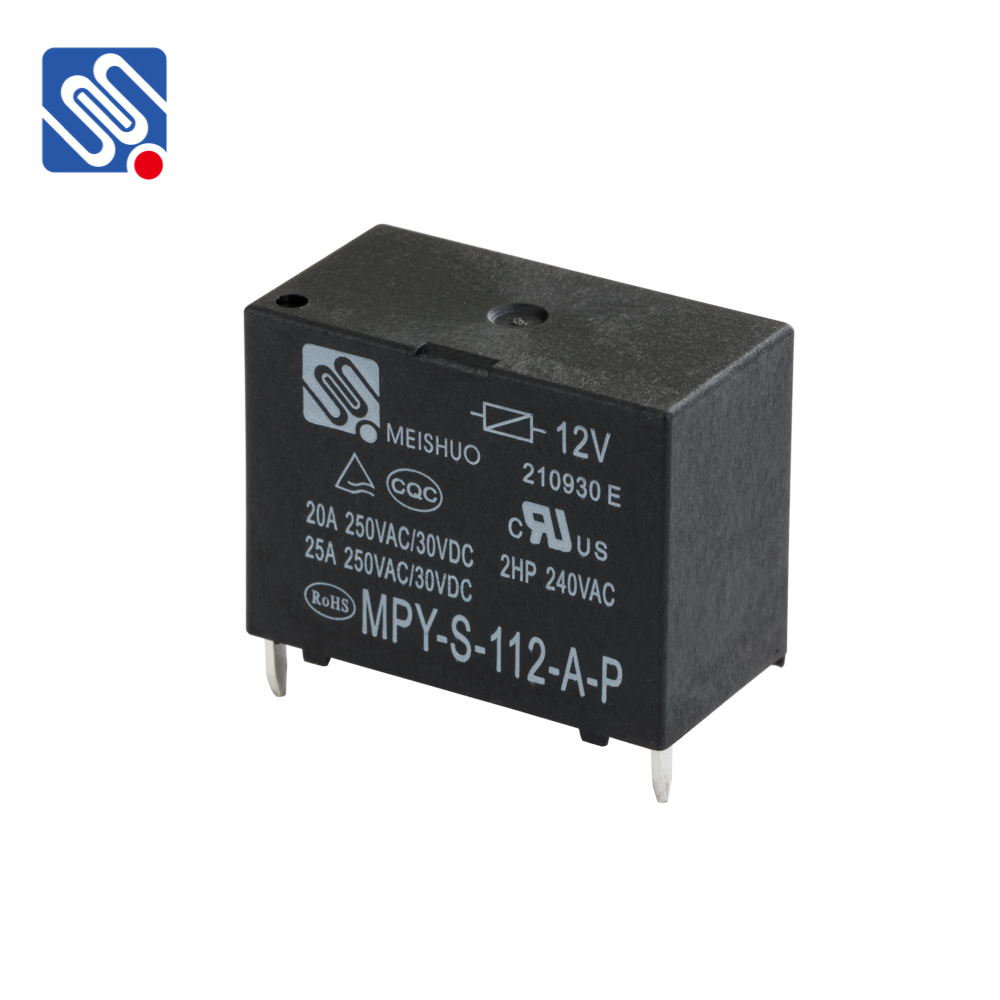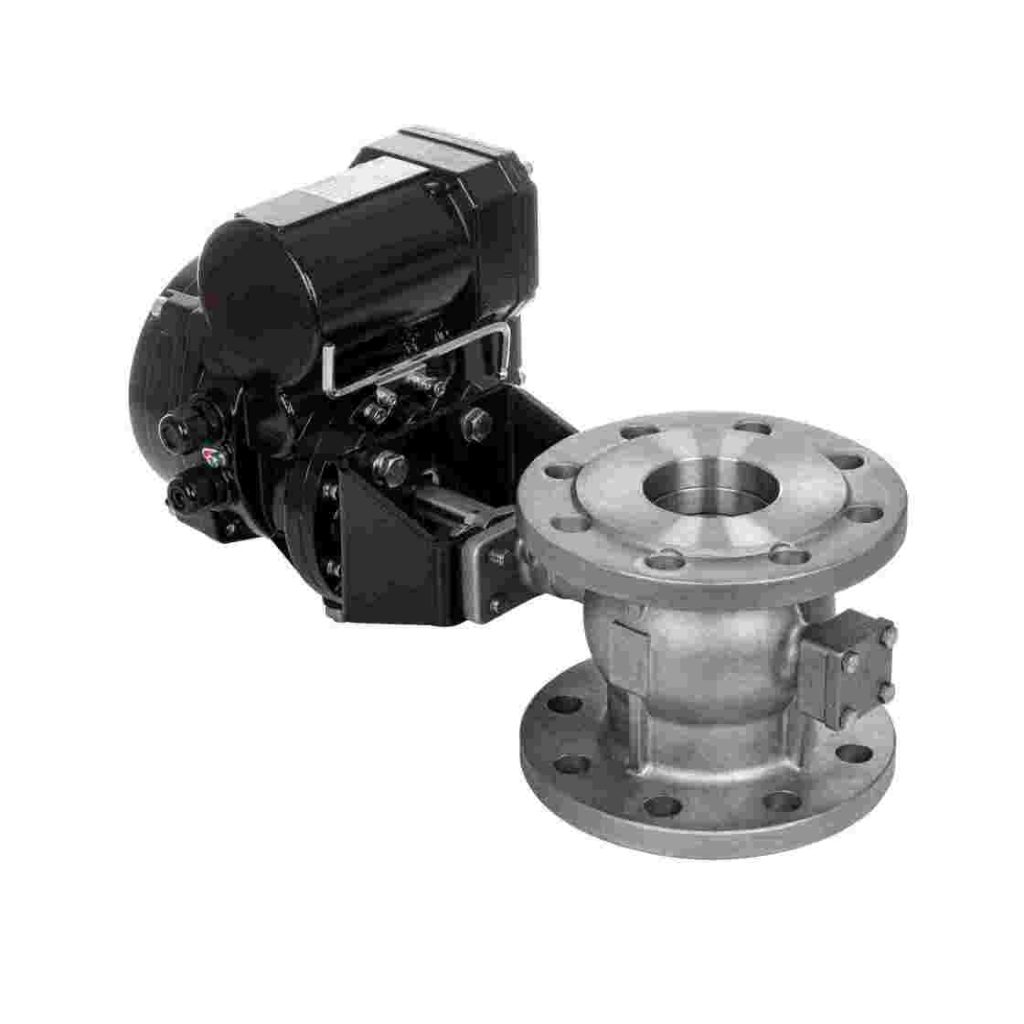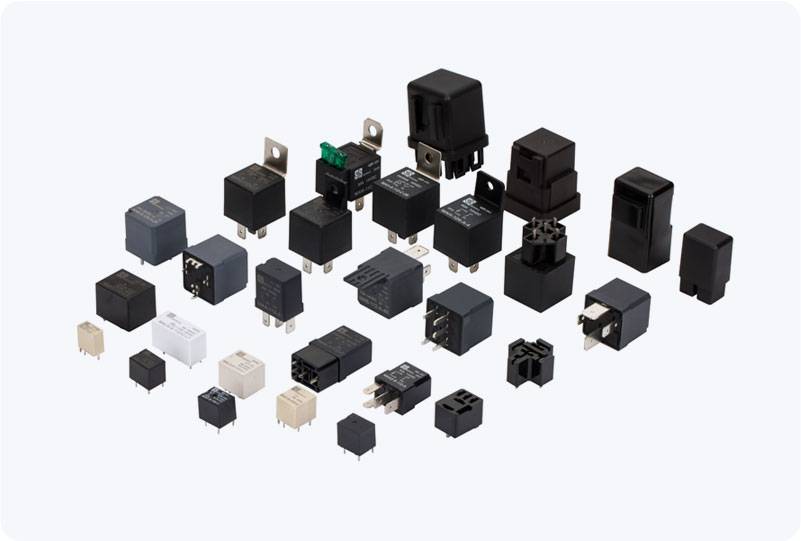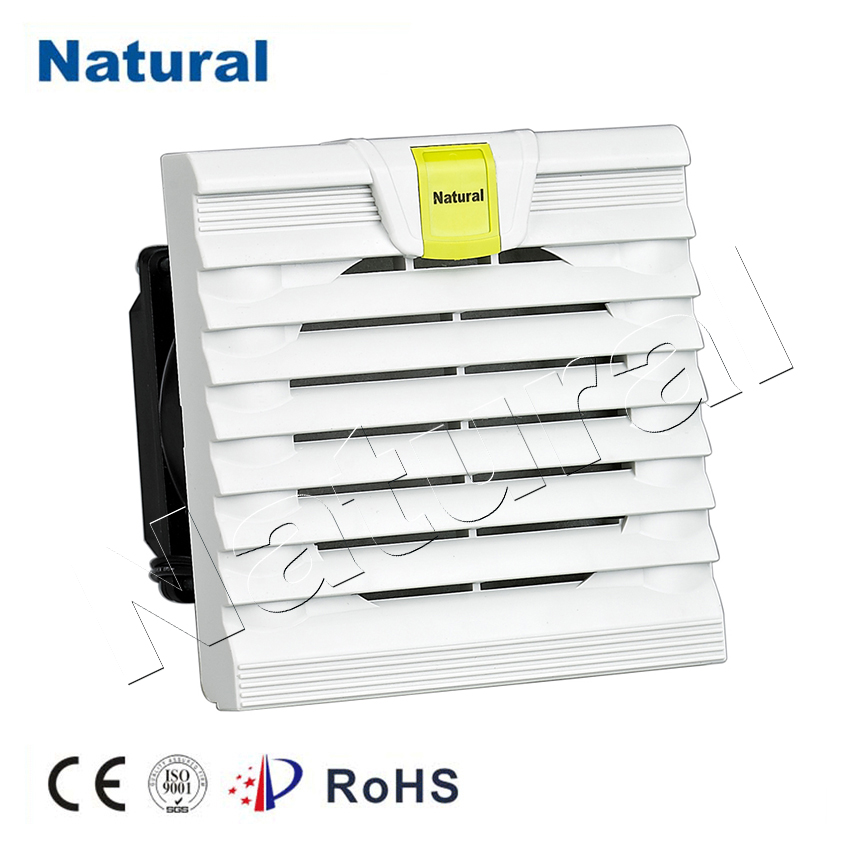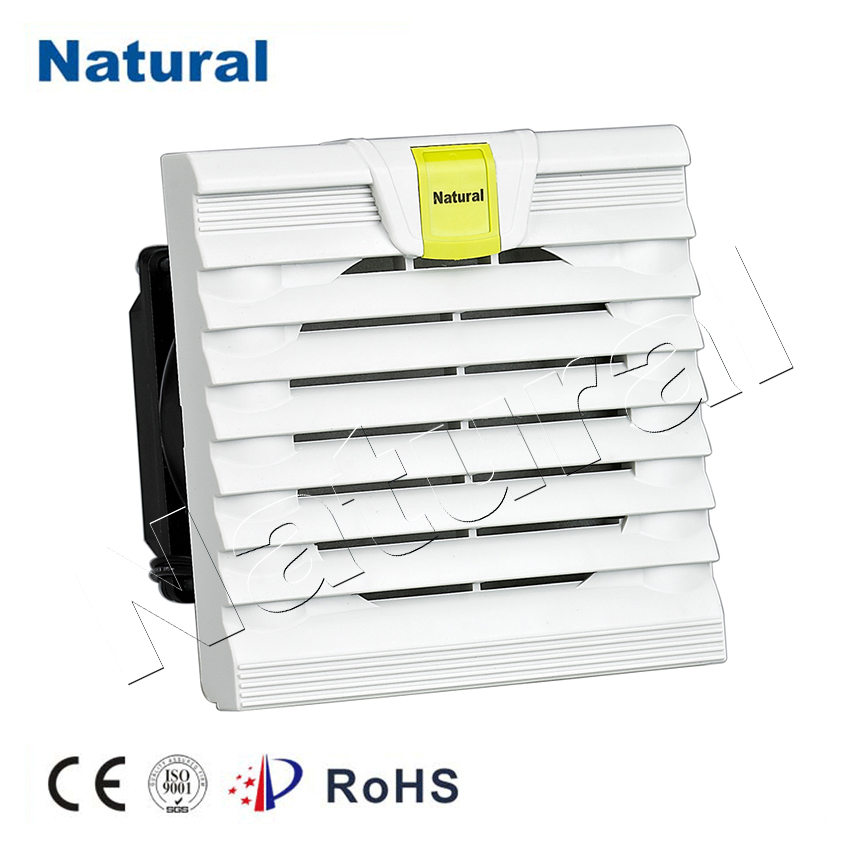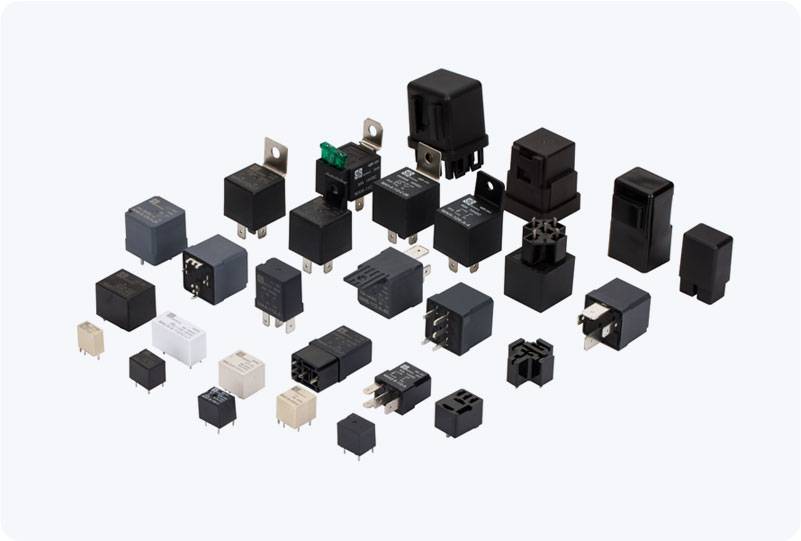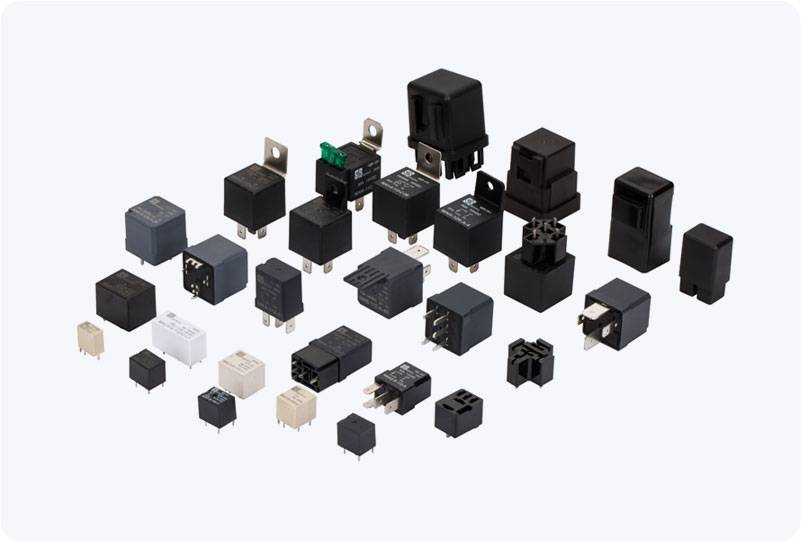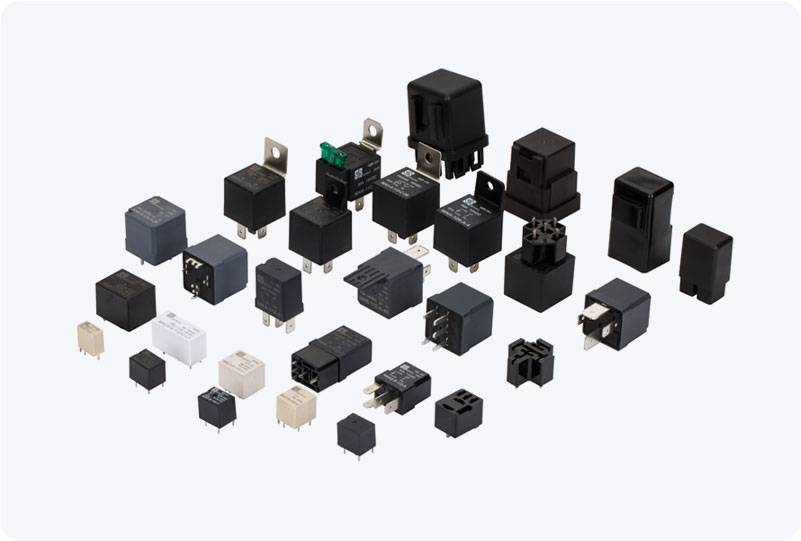An electric pinch valve is an essential component used in fluid control systems, particularly for regulating the flow of liquids and gases through pipes. Unlike traditional valve designs, which rely on mechanical elements such as ball or gate mechanisms, electric pinch valves utilize a unique method of flow control that involves pinching a flexible tube to either allow or stop the flow. This article explores the key features, applications, advantages, and considerations of electric pinch valves in industrial and commercial settings.
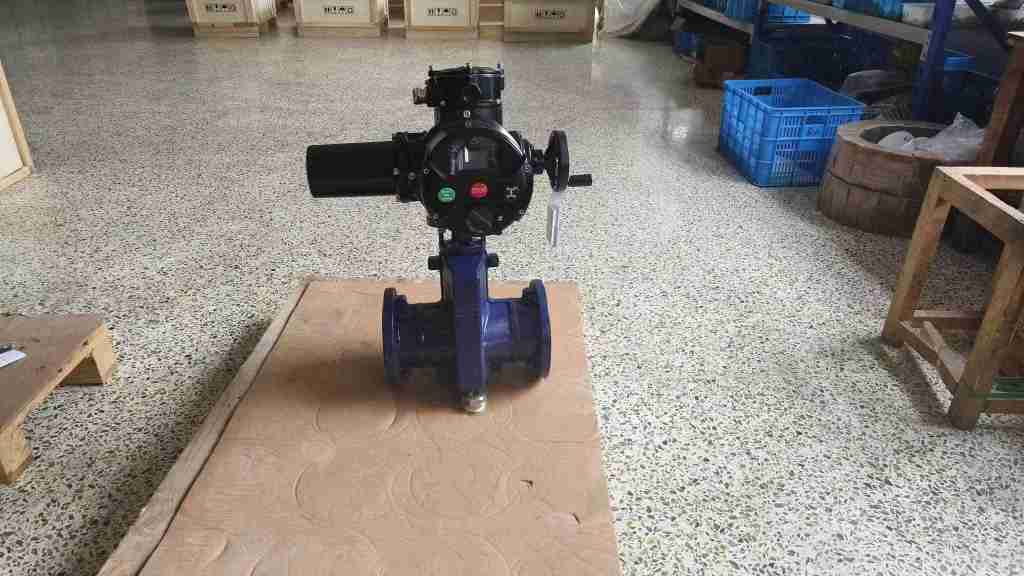
What is an Electric Pinch Valve? An electric pinch valve is a type of valve that controls the flow of media through a flexible tube by constricting it using an electric actuator. The core mechanism involves the use of a pneumatically or electrically actuated pinch sleeve, which compresses or releases the tube in response to a control signal. This action either opens or closes the flow path without physically altering the tube’s material properties. The design is simple but effective, providing reliable performance in a variety of applications. The valve typically consists of an electric actuator, pinch sleeve (often made from rubber or elastomeric materials), and a body that houses these components. The actuator is connected to a control system, which is usually managed through an electrical signal that adjusts the opening and closing of the valve. When the actuator is triggered, it tightens the pinch sleeve around the tube, restricting or stopping the flow, and when released, it allows the tube to return to its normal state, thus enabling flow.
